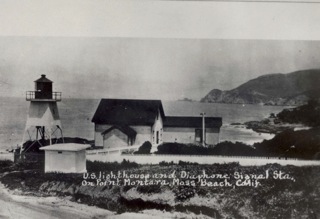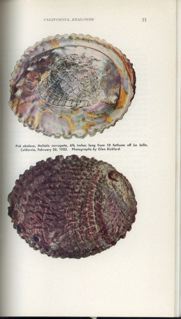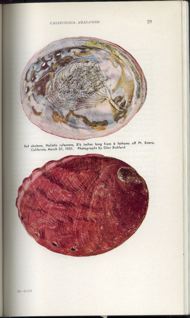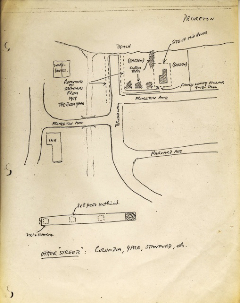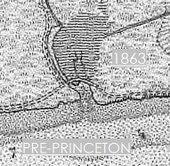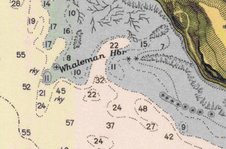From the Call, 1921
“Warrants were out today for the arrest of members of a gigantic bootleg ring whose operations extend from Vancouver to San Francisco, as a result of a confession obtained by John Exnicios, mobile prohibition supervisor, from Giovanni Patroni, owner of the resort at Granada on Princeton Bay.
“One of the ringleaders is declared to be a woman. Two are named as members of a large firm in Vancouver who have been shipping the liquor in Princeton Bay and thence to this city.
“Exnicios characterized the smuggling ring as one of the biggest uncovered in the United States.
“Patroni, a member of the ring, admitted that he has smuggled high grade liquors valued at thousands of dollars. Four others are said to be named in the warrants issued by Federal Commissioner Thomas E. Hayden at the request of Exnicios. Patroni was brought in yesterday and released on bond.
“His place had been raided two weeks ago and he was held to answer on a charge of violating the prohibition law, a large amount of liquors having been confiscated in the raid. He was released on bond on that raid. No liquor was found on his premises yesterday.
“Federal Agent James P. Doyle, who accompanied Exnicios before Hayden in getting the warrants, was directed, it was said, ‘to go north’ to serve his warrants.
“Esnicios said that through Patroni’s confession the federal authorities had obtained the names of all the prominent members of the ring shipping the liquor, the names of those receiving it and the identity of the boats on which it had been shipped.
“Fishing Boats Used
“A large cargo was brought in on September 18. A large part of it was delivered to Patroni. Fishing boats were used in landing the illicit cargo from the ship.”
————————————————
[Note: Longer version of the story above.]
Princeton Bay Headquarters for Smugglers
Former Member of Gang Tells of Operations between S.F. and Canada
————————————-
Woman is Involved
————————————-
Thousands of Dollars’ Worth of High-Grade Liquor Brought Here
“With the arrest yesterday of Giovanni Patroni of Granada, on Princeton bay, Federal authorities were told of the ramifications of a gigantic bootleg ring whose operations extend from Vancouver to San Francisco, according to the confession of Patroni.
“Patroni admitted to the authorities that he is one of a ring that has been smuggling from the north thousands of dollars worth of high-grade liquors.
“Four Other Persons Involved in Ring
“In the information gleaned from Patroni by John Exinios, mobile prohibition supervisor for California, four other persons are involved in the ring. These include two members of a large firm in Vancouver who have been shipping the liquor to Princeton bay and thence to this city.
“‘We not only located enough to uncover one of the biggest bootleg rings in the country,” said Exinios, ‘but also have the names of all of the prominent members of this ring. We know the names of members of the company that have been furnishing the liquor, the names of the boats on which it is shipped and the names of those to whom it was consigned.’
“Liquor With Thousands Seized Few Weeks Ago
“Patroni’s place was raided two weeks ago and thousands of dollars worth of bonded liquors were seized, but his arrest yesterday had nothing to do with that raid. Patroni was held to answer at that time on a charge of having violated the prohibition law and was out on bond when arrested yesterday.
“Federal Commissioner Thomas E. Hayden, at the request of Excinos, yesterday issued search warrants and warrants for the arrest of Patroni and others said to be members of the ring. Patroni was the only one apprehended. A search of his premises failed to reveal any contraband liquor, however
“Woman Believed Member Of Smuggler’s Ring
“While Exnicios would not reveal the nature of the other warrants, it was understood in the Federal building, that one of them was for a woman, said to be a member of the ring.
“When Exnicios appeared for the warrants, he was accompanied by Tom Brown, deputy prohibition director, William J. Jordan and Robert W. Gloss of the internal revenue department and Prohibition Agent James P. Doyle. Doyle, it was understood, was instructed ‘to go north with your warrants.’
“Patroni’s confession lays him liable to charges of conspiring to defeat the prohibition law. The information given in Patroni’s confession, according to Excinios, will put a stop to booze smuggling along the Pacific Coast.
“Patroni was taken before Federal Commissioner Thomas E. Hayden and later released on bond.
“With the arrest yesterday of Giovanni Patroni of Granada, on Princeton bay, Federal authorities were told of the ramifications of a gigantic bootleg ring whose operations extended from Vancouver to San Francisco, according to the confession of Patroni.
“Patroni admitted to the authorities that he is one of the ring that has been smuggling from the north thousands of dollars’ worth of high-grade liquors.
“In the information gleaned from Patroni by John Exnicios, mobile prohibition supervisor for California, four other persons are involved in the ring. These include two members of a large firm in Vancouver who have been shipping the liquor to Princeton by and thence to this city [San Francisco.]
“‘ We not only learned enough to uncover one of the biggest bootleg rings in the country,” said Exnicios, ‘but also have the names of all the prominent members of this ring.We know the names of members of the company that has been furnishing the liquor, the names of the boats on which it is shipped and the names of those to whom it has been consigned.'”
————————
Article followed by this Advertisement
“TAKE A YELLOW CAB
“TO Baghdad on the Beach from any point in San Francisco for $2.50 in a YELLOW CAB. Phone Franklin 4500.”

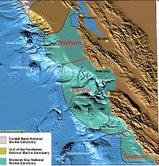
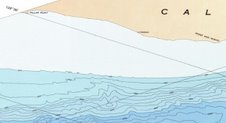
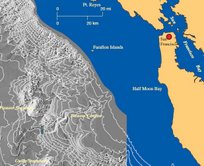
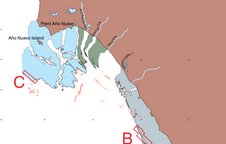

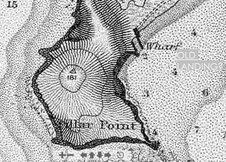
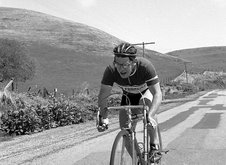 Story by Erich von Neff
Story by Erich von Neff